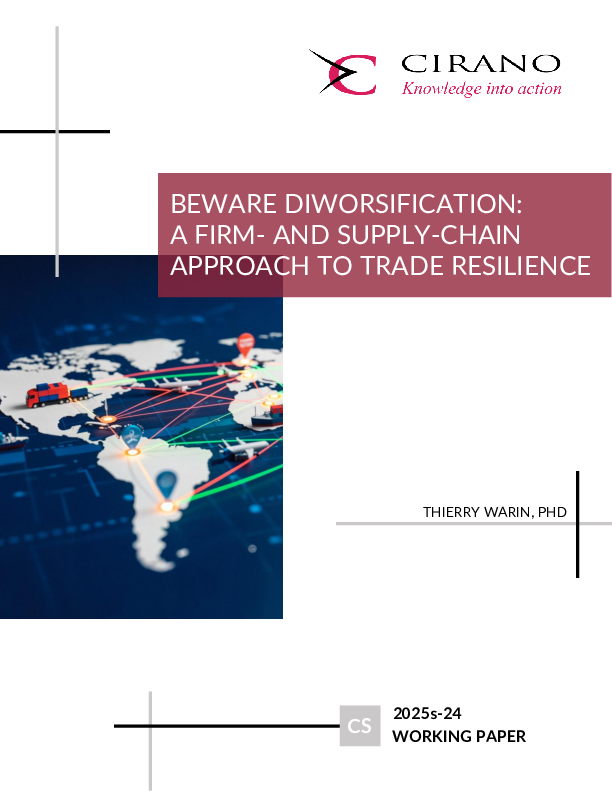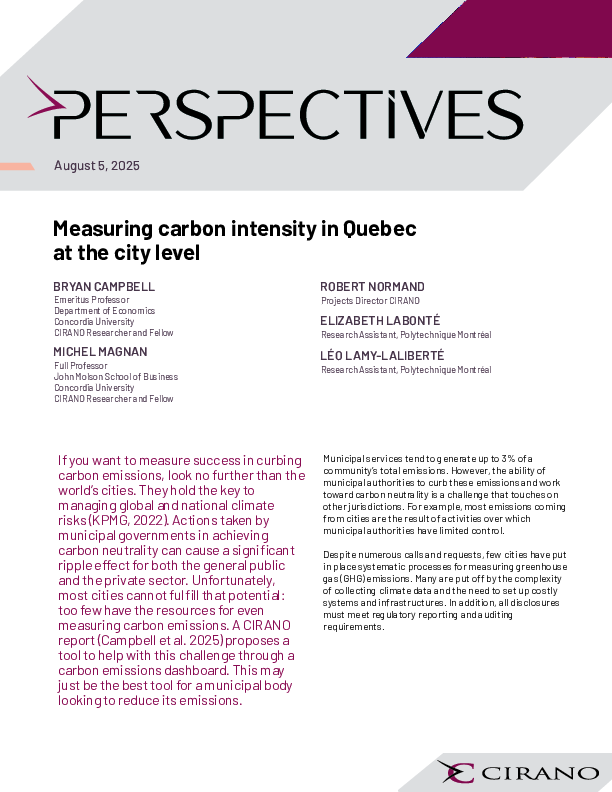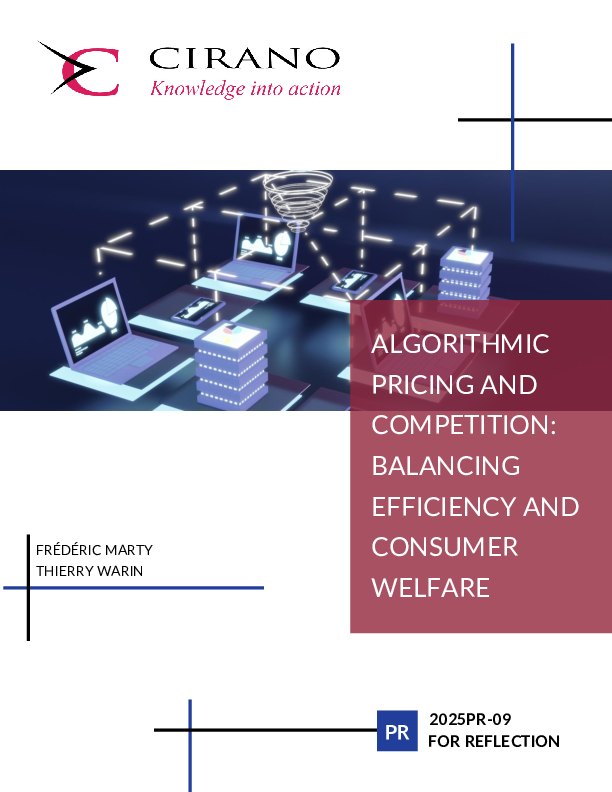Heterogeneous Returns to Human Capital and Dynamic Self-Selection
We estimate a structural dynamic programming model of schooling decisions and obtain individual specific estimates of the local (and average) returns to schooling as well as the returns to experience. Homogeneity of the returns to human capital is strongly rejected in favor of a discrete distribution version of the random coefficient specification. The results indicate that individuals who have the higher returns to schooling are also those who have the higher returns to experience. There is a 5.9 percentage points difference in the average return to schooling at college graduation between high and low market ability individuals (2.3% vs 8.2%) and a 5.4 percentage points difference in the return to experience upon entrance in the labor market (3.1% vs 8.5%). When averaged over all types, the return to experience in the early phase of the life cycle (6.8%) exceeds the average return to schooling (6.4% at college graduation). After conditioning on a specific type, the log wage regression function remains rather convex in schooling. The conflictual effects of the returns to schooling and experience on schooling decisions imply weak dynamic self-selection; that is educational attainments are only weakly correlated with individual differences in the returns to schooling.
[ - ]




